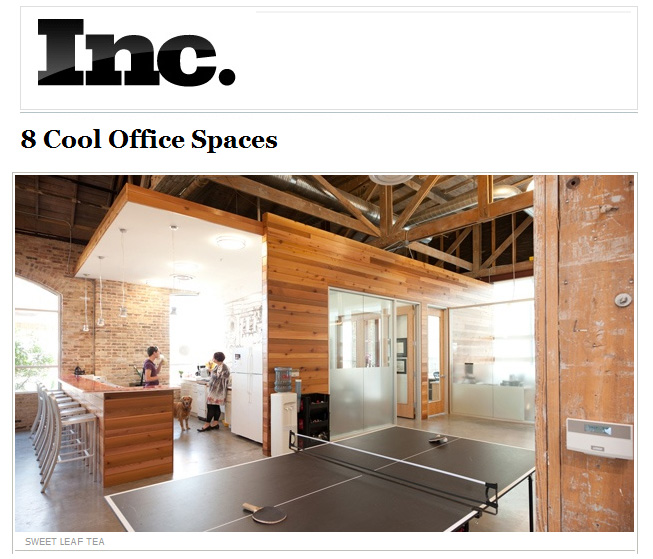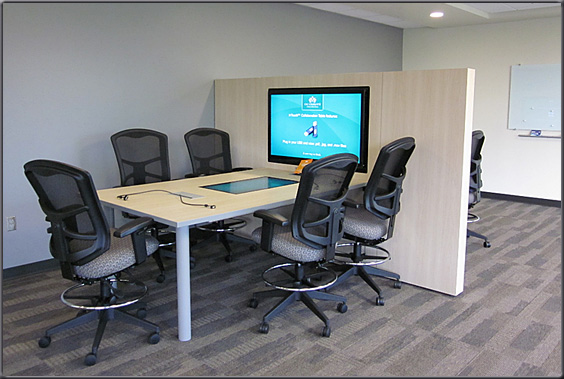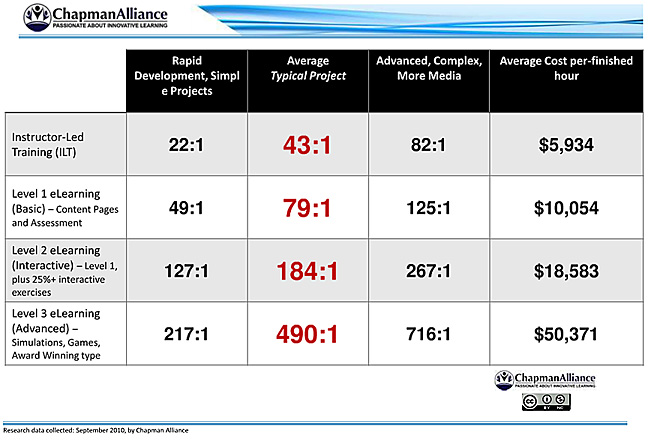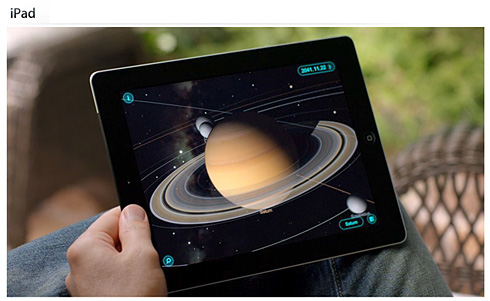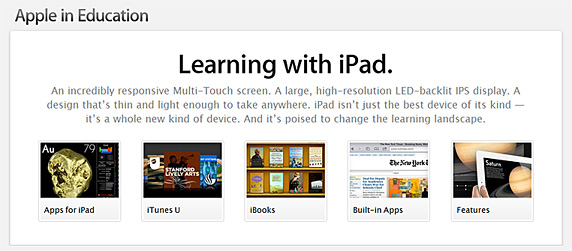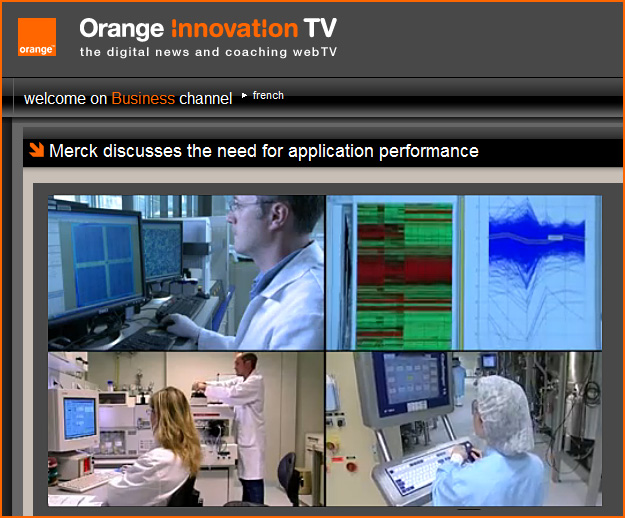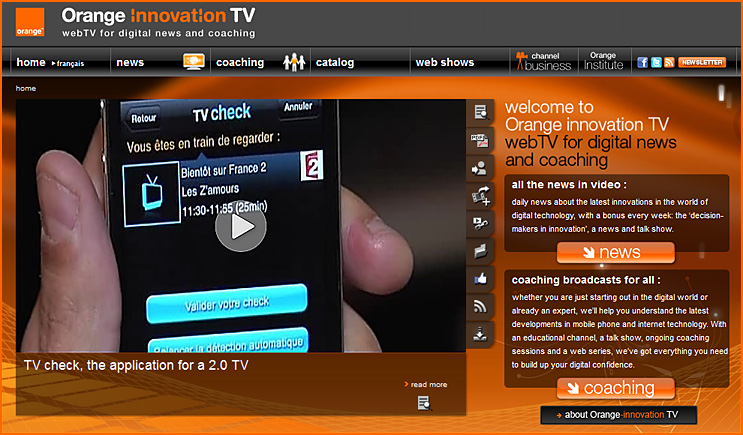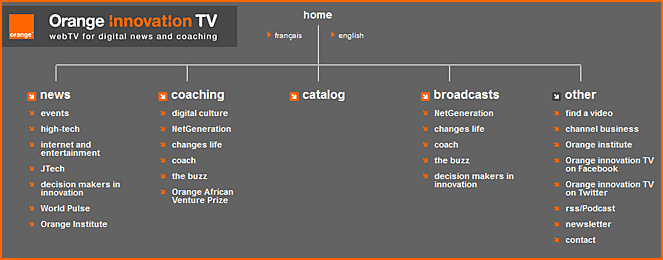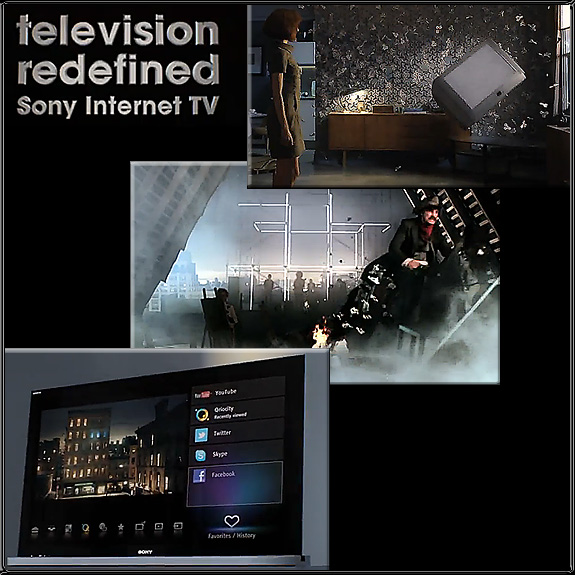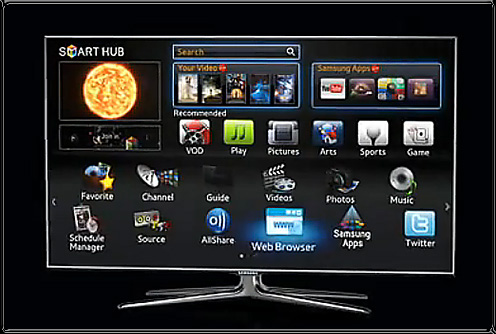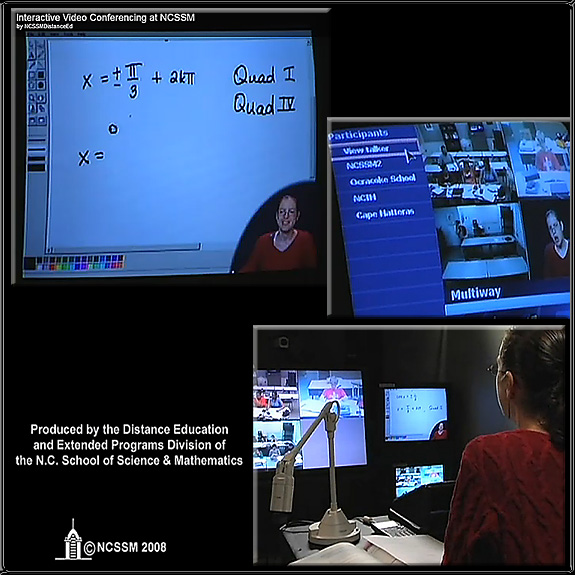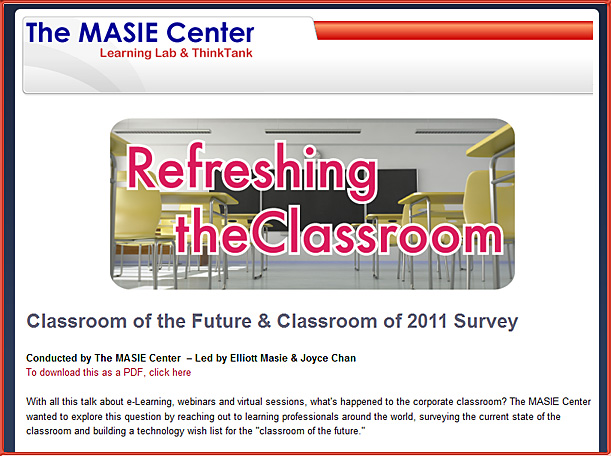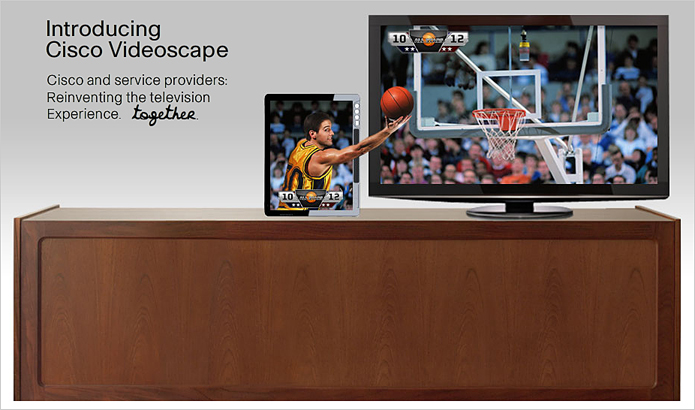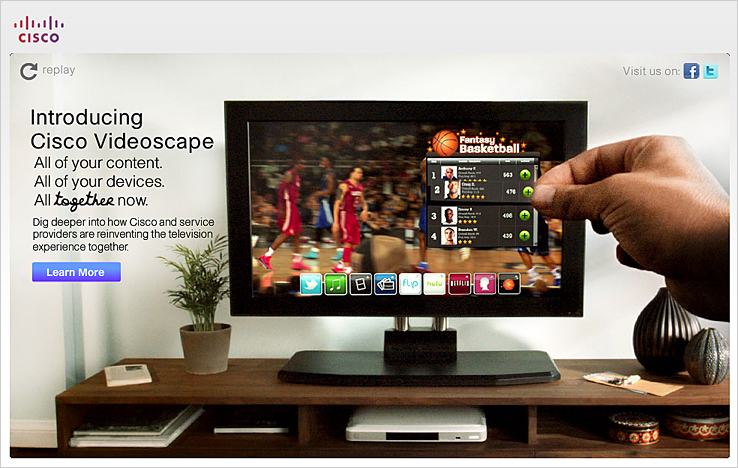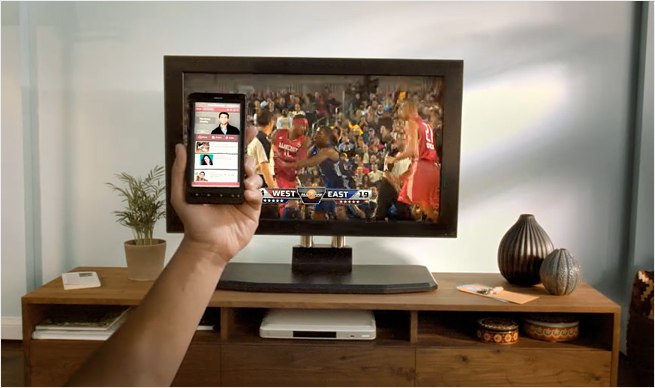Excerpt from Learning TRENDS by Elliott Masie – August 15, 2012 — #737 – Updates on Learning, Business & Technology.
2. The “e” in e-Learning, Vanishing?
One of my habits it to look for shifts in the language of learning. What terms are organizations using more, using differently or even dropping.
Lately, The MASIE Center has noticed a marked DECREASE in the use of “e” in e-Learning. Here are some indicators that we are tracking:
- Fewer “e”-Learning positions in organizations. As we analyze several databases of learning professionals in the United States, we are seeing more than a 20% decrease in the number of titles that have e-Learning included. e-Learning Developers are now more likely to be called Learning Developers or Designers. Even in the world of external consultants or designers, there are fewer pure e-Learning job roles.
- Fewer organizations are labeling their digital learning programs or modules as e-Learning. We see a slight increase in the use of on-line, a decrease in the use of “virtual” and many are just labeling them as Learning or Training programs, with reference to the delivery being via webinar, distributed or on their learning portal.
- Webinars are growing but not referenced as e-Learning. In fact, almost all of the more engaged, social or collaborative learning formats have drifted away from using the term e-Learning as their primary category.
- Video Segments, ala Knowledge You-Tube elements, are growing in popularity and are rarely called e-Learning.
- “User Supplied Content” is rarely called e-Learning, though it is more often than not in digital format.
- Mixed and Blended Learning is also using the phrase e-Leaning less frequently.
- Mobile and Device friendly learning programs are more likely to refer to the mobility platform rather than e-Learning.
- In many organizations, e-Learning has become associated with compliance based required “check” off programs. Some learners may like the time flexibility for the on-line program but many do not associate e-Learning with performance outcomes.
…
Let’s assume that all learning – as we go forward – will use a MIX of on-demand and live content, context and collaboration. Some will be highly designed and some will be real-time. Some will be digitally connected and some will be face to face. At Learning 2012, we will chatting about the changing language of learning. From career paths, to college programs to labeling our learning offerings – it is time to shift the use of the “e” as electronic and instead see the embedded “e” in Learning to mean:
- Everywhere.
- Everyone.
- Evolving.
- Effective.
- Efficient.
- Everytime.
- Embedded.
- Engaging.
Addendums on 8/16/12:
Why higher education is looking for e-Learning leaders — from convergemag.com by Tanya Roscorla
Excerpt:
Universities and community colleges are posting job openings for a range of e-learning leadership positions, reflecting the growing popularity of online education.
Is it time to remove the ‘e’ and ‘m’ from learning? Yes and no — from RJ Jacquez
Excerpt:
This is becoming a question I get asked frequently, and I also see it asked quite a bit to other people. I happen to think this is a very valid question, especially as people begin to participate in conferences and conversations on the topic of using mobile for learning. To me there are good arguments for answering yes and no. Let me explain.

















